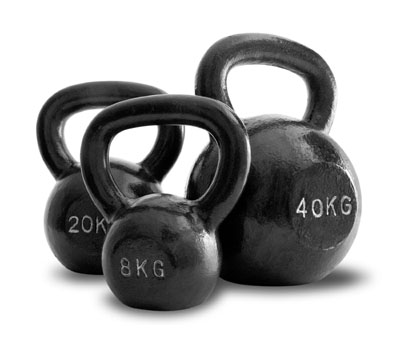A Quick Guide to Kettlebell Deadlift
A Quick Guide to Kettlebell Deadlift
The kettlebell deadlift is one of the fundamental workouts that all beginners should master. It forms part of several other complex workouts and by itself, is extremely beneficial in helping your muscles develop naturally. It is therefore imperative for you as a trainer to ensure that your clients can do the deadlift correctly before moving on to more challenging workouts.
You can learn all about the deadlift and its different variations during your kettlebell courses. More on kettlebell courses at Online Fitness Courses!

Understanding the Kettlebell Deadlift
As mentioned above, the deadlift is one of the fundamental exercises that you can practice regularly. The deadlift corrects the posture, creates more motor patterns and helps you measure your progression better than any other workout.
The deadlift is one of the best workouts for beginners who have never worked with kettlebells before.
Doing the Deadlift Correctly
Start in a standing position and do a hip hinge. A hip hinge is a posture where you bend at the hips and not your lower back. Your butt remains slightly thrust outward at the back and the knees remain straight. Basically, the thrust comes from the correct movement of your hips and you engage the glute muscles as you stand up. You should learn to do the hip hinge correctly during your kettlebell qualification.
Remember to keep a straight spine throughout the workout and don’t stick out your neck too much. You upper body should remain horizontal to the floor so that it can overcome the challenge of lifting the kettlebell.
Once you have mastered the hip hinge, you are ready to start with the kettlebell deadlift.
Position the kettlebell with its handle in perfect alignment with the back of the arch of your feet. Place both arms along the sides and flex your core, shoulders and hips.
Now do the hip hinge and grab the kettlebell with both hands and lift it by the thrust of your hips till thigh level. Lower it to the floor by doing the hip hinge and repeat.
Kettlebell Deadlift Variations
You will learn about several variations of the kettlebell deadlift during your kettlebell courses. You can add these to your sessions to make them more challenging and enjoyable for your clients.
The Suitcase Deadlift
Begin by keeping feet at a distance lesser than shoulder width and point toes forward. Now do the hip hinge, taking care so that the keens should not be ahead of the toes. Reach for the kettlebell and flex your lateral muscles for added support. Maintain a straight spine and look straight ahead. Dig in your toes through the floor and stand holding the kettlebell. Remember not to lift the kettlebell in a sideway motion.
The Kick Stand Deadlift
This deadlift variation is ideal for those who want to work with heavier kettlebells. Begin by place feet close together and position the kettlebell just beyond your feet. Position one foot on the floor and stand on your toes on the other foot. Inhale deeply and grab the kettlebell with both hands by doing the hip hinge. Flex the lats, maintain a neutral spine and look ahead. Now thrust hips forward and lift the kettlebell and stand up.
